- Have any questions?
- +86-189 8930 5995
- sales@mosinterchem.com.cn
Apramycin CAS 37321-09-8

Butafosfan CAS 17316-67-5
10/12/2018
Fenbendazole CAS 43210-67-9
10/12/2018| Model: | MOS37321-09-8 |
| CAS: | 37321-09-8 |
| Molecular formula: | C21H41N5O11 |
| Molecular weight: | 539.5771 |
| Refractive index: | 1.657 |
| Boiling point: | 823°C at 760 mmHg |
| Flash point: | 451.6°C |
| Density: | 1.56g/cm3 |
| Vapour Pressur: | 2.11E-31mmHg at 25°C |
Apramycin (CAS: 37321-09-8)
| Synonyms | (2R,3R,4S,5S,6S)-5-amino-2-{[(2R,3S,4R,4aR,7R,8aS)-7-amino-6-{[(1R,2R,3S,4R,6S)-4,6-diamino-2,3-dihydroxycyclohexyl]oxy}-4-hydroxy-3-(methylamino)octahydropyrano[3,2-b]pyran-2-yl]oxy}-6-(hydroxymethyl)tetrahydro-2H-pyran-3,4-diol (non-preferred name); 5-amino-2-({7-amino-6-[(4,6-diamino-2,3-dihydroxycyclohexyl)oxy]-4-hydroxy-3-(methylamino)octahydropyrano[3,2-b]pyran-2-yl}oxy)-6-(hydroxymethyl)tetrahydro-2H-pyran-3,4-diol (non-preferred name); Aprymycin; 3,7-trideoxy-7-(methylamino)-d-glycero-alpha-d-allo-octadialdo-1,5:8,4-dipyra |
| Molecular Formula | C21H41N5O11 |
| Molecular Weight | 539.5771 |
| Density | 1.56g/cm3 |
| Boiling point | 823°C at 760 mmHg |
| Refractive index | 1.657 |
| Flash point | 451.6°C |
| Vapour Pressur | 2.11E-31mmHg at 25°C |
| EINECS | 253-460-1 |
Apramycin (also Nebramycin II) is an aminoglycoside antibiotic used in veterinary medicine. It is produced by Streptomyces tenebrarius.
Indication
Apramycin is used for the treatment of bacterial infections in animals.
Mechanism of action
Apramycin stands out among aminoglycosides for its mechanism of action which is based on blocking translocation and its ability to bind also to the eukaryotic decoding site despite differences in key residues required for apramycin recognition by the bacterial target. The drug binds in the deep groove of the RNA which forms a continuously stacked helix comprising non-canonical C.A and G.A base pairs and a bulged-out adenine. The binding mode of apramycin at the human decoding-site RNA is distinct from aminoglycoside recognition of the bacterial target, suggesting a molecular basis for the actions of apramycin in eukaryotes and bacteria.
Spectrum of bacterial susceptibility and resistance
Apramycin can be used to treat bacterial infections in animals caused by Escherichia coli, Klebsiella pneumoniae, and Pseudomonas aeruginosa. The following shows susceptibility data on medically significant organisms:
Escherichia coli – 1 μg/mL – >512 μg/mL (this large range may be due to resistant organisms, typical MIC values are likely in the range of 2 -8 μg/mL.
Klebsiella pneumoniae – 2 μg/mL – >256 μg/mL
Pseudomonas aeruginosa – 4 μg/mL
You must be logged in to post a review.

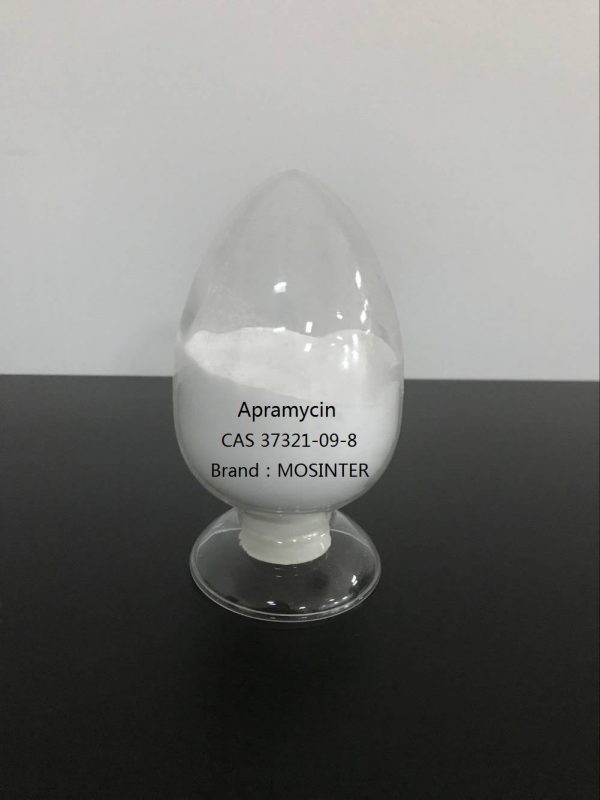
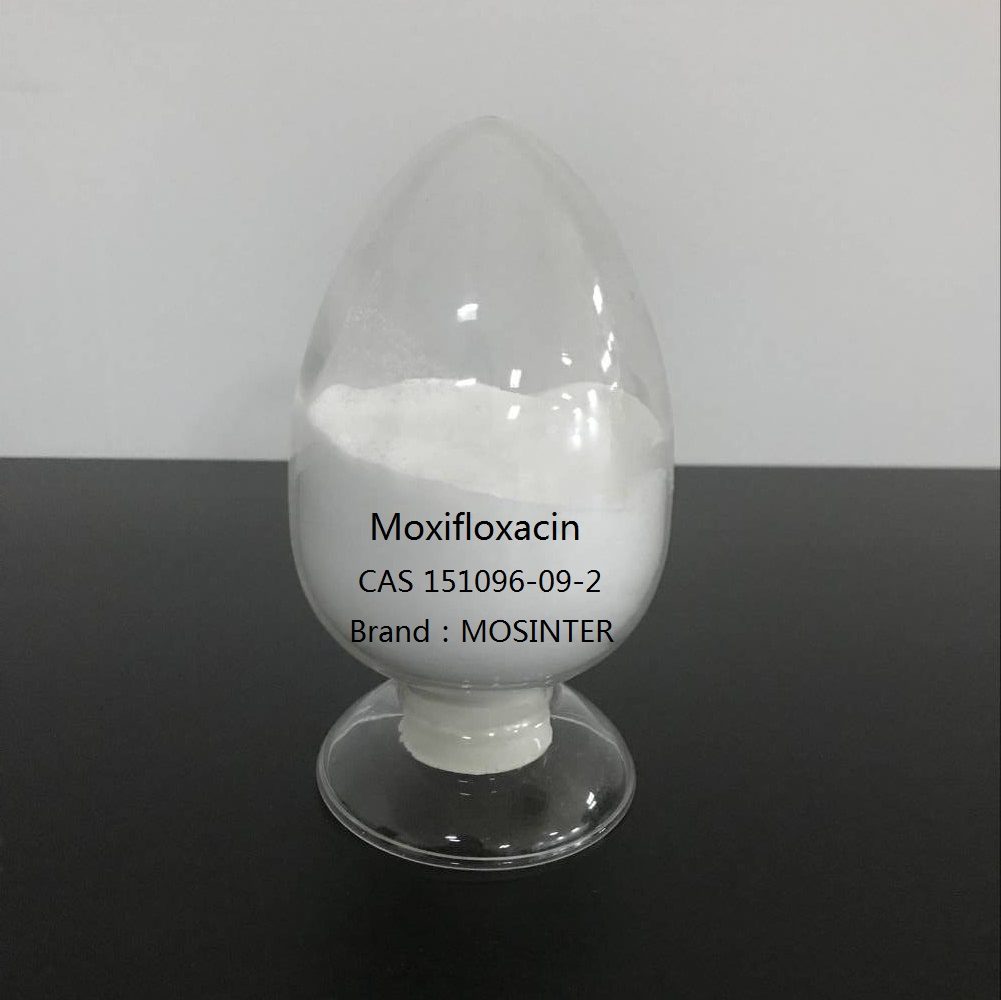
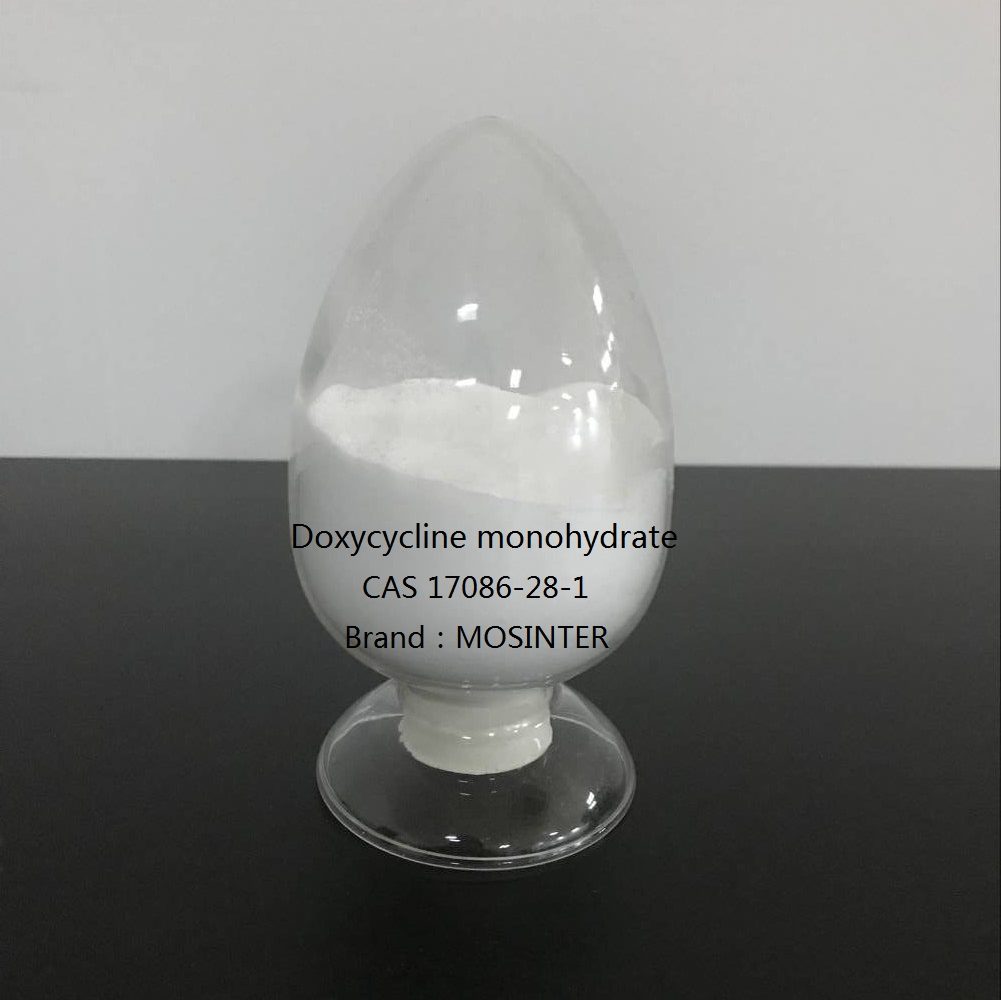
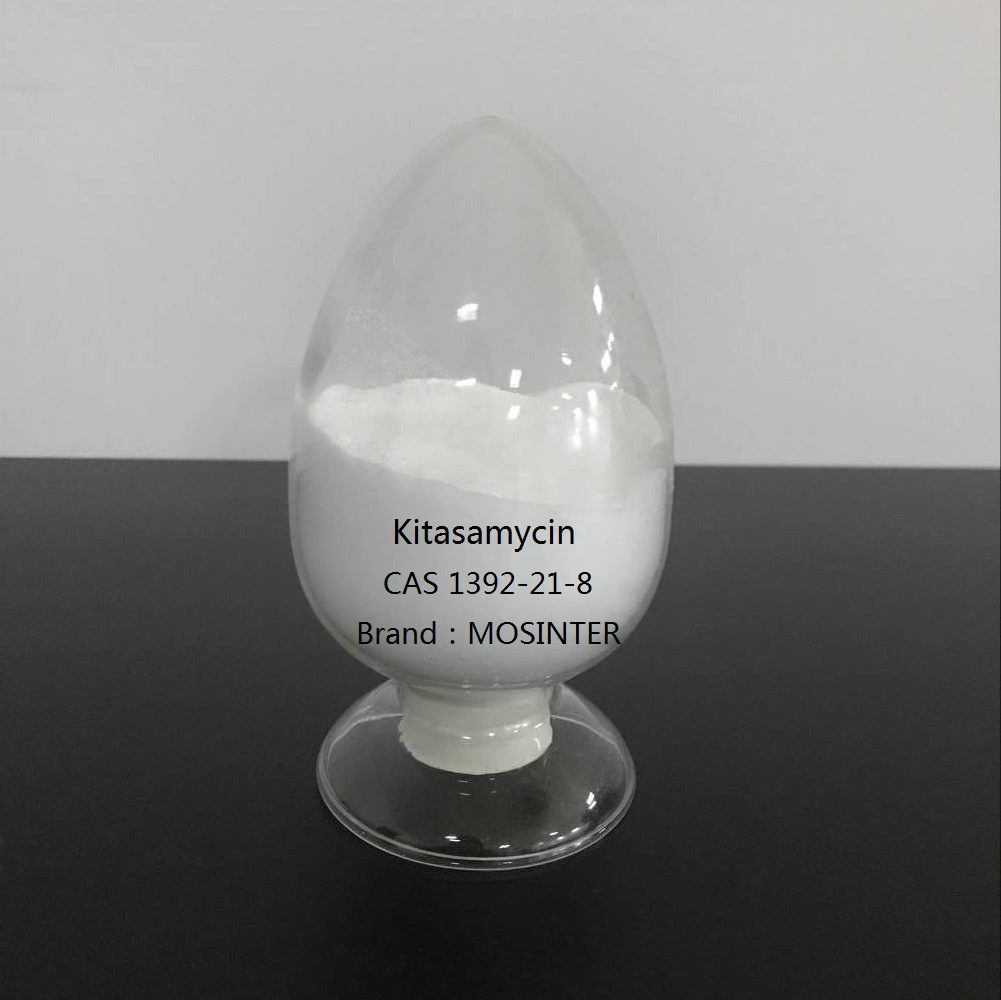
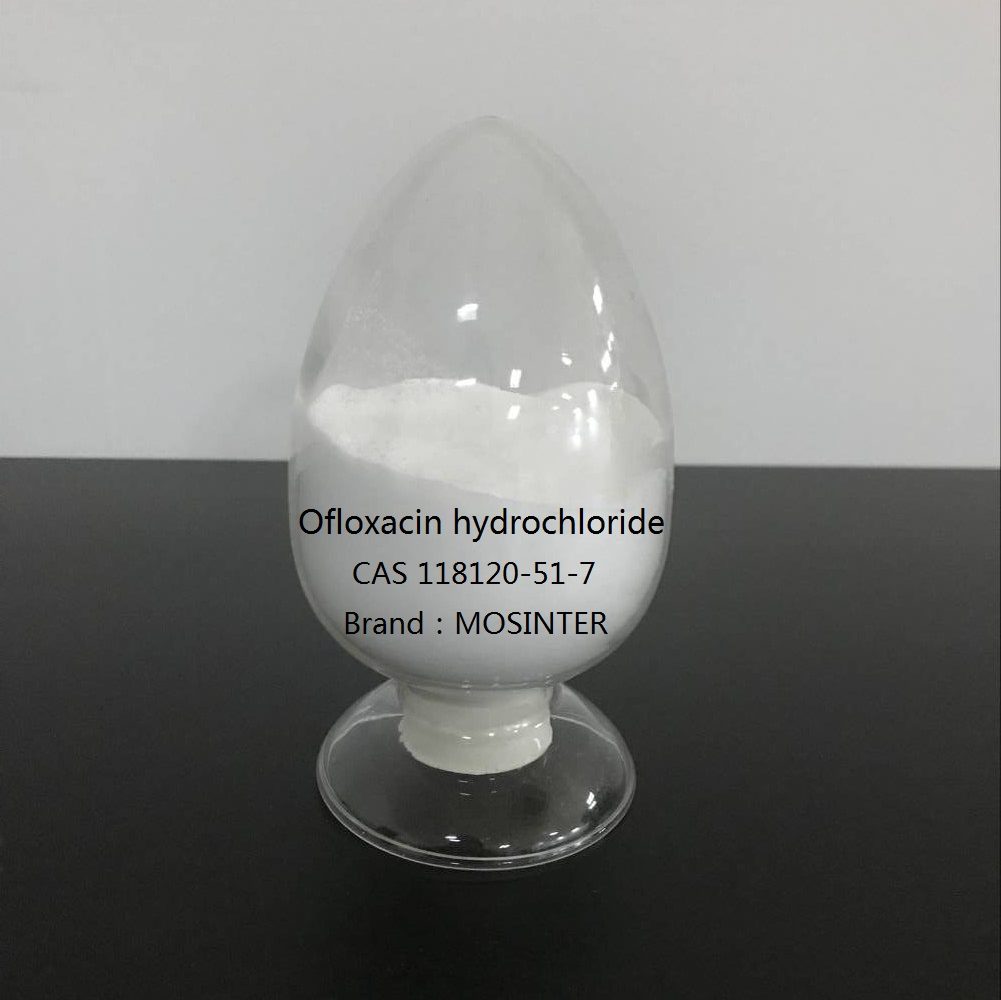
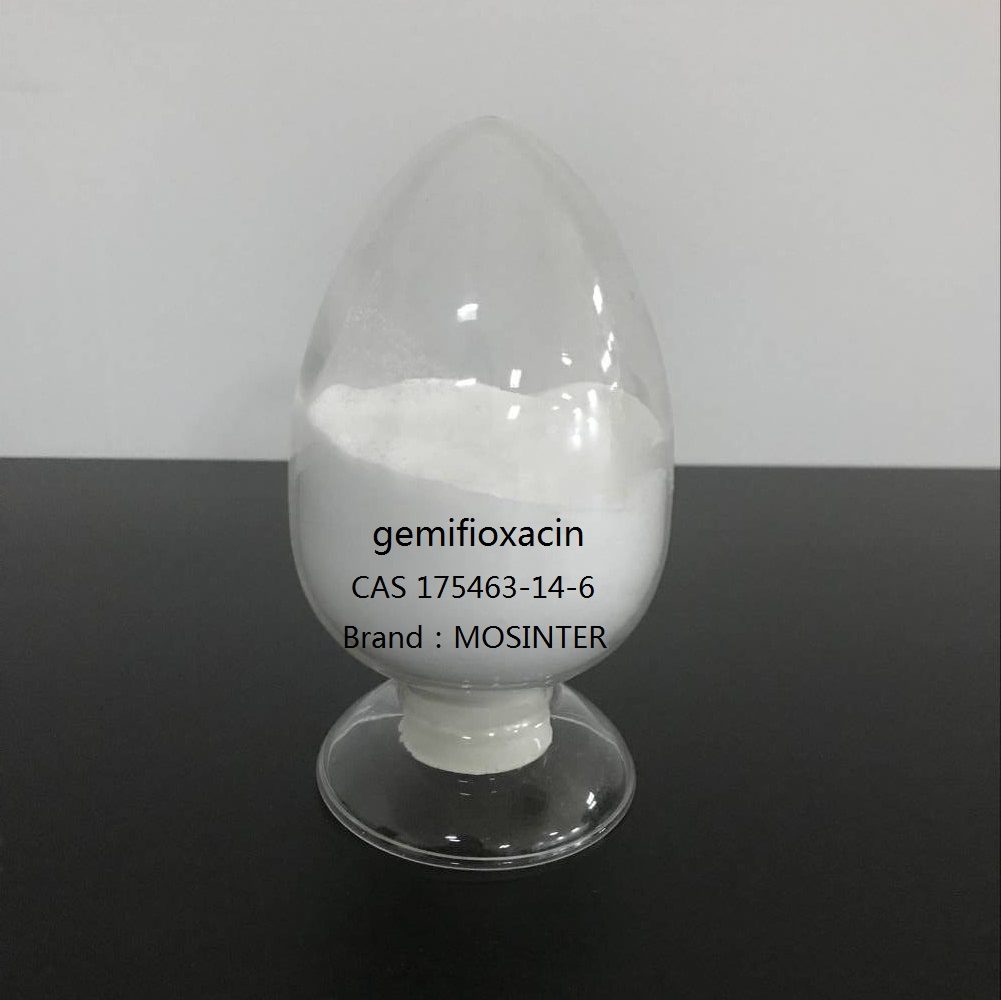
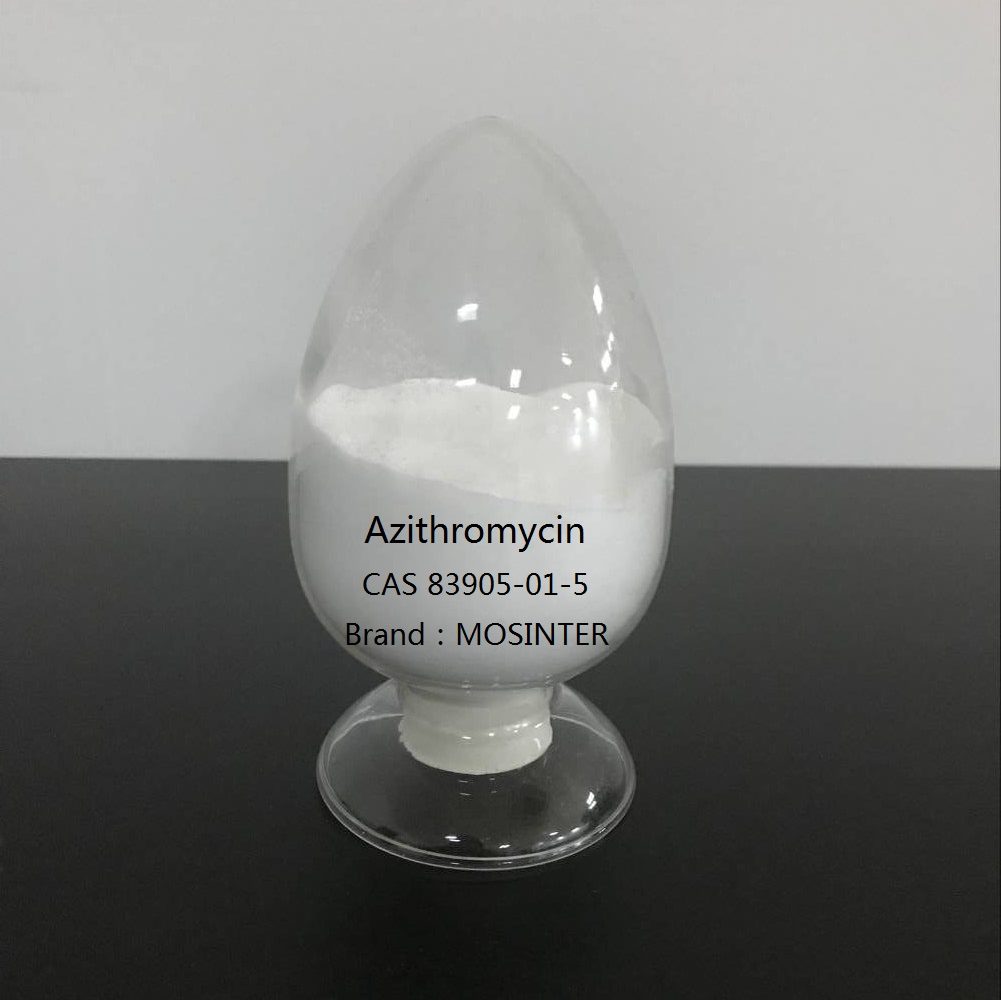
Reviews
There are no reviews yet.